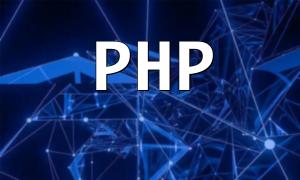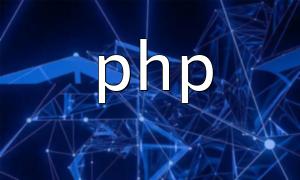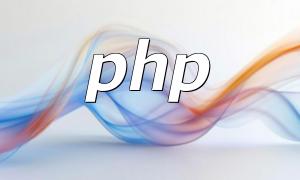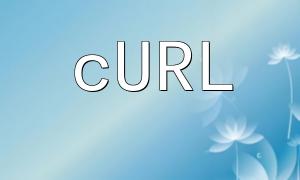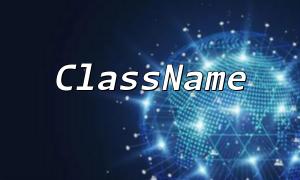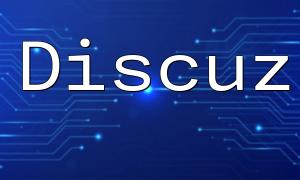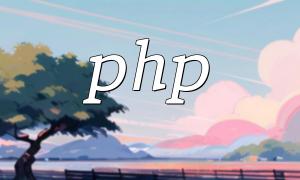Smart chatbots are one of the most popular applications in the field of artificial intelligence. ChatGPT is a powerful chat system based on the GPT-3 model. This article explains how to use PHP combined with knowledge graph technology to build a smart chatbot, with concrete code examples.
Smart chatbots are widely used in customer service, entertainment, and other scenarios. ChatGPT offers excellent natural language understanding and generation capabilities, providing strong conversational abilities for chatbots.
The knowledge graph is a core component of a smart chatbot, providing the necessary domain knowledge. You can use open knowledge graphs like Freebase or Wikidata, or build a proprietary graph based on your specific application.
For example, for a travel chatbot, you can use PHP to write a crawler to collect data such as tourist attraction descriptions, transportation information, and hotel recommendations. After processing and cleaning the data, organize it into a knowledge graph. Nodes represent entities (such as attractions or hotels), and edges represent relationships between entities (such as distances between attractions or connections between hotels and attractions).
After constructing the knowledge graph, you can use ChatGPT to achieve intelligent conversations. In PHP, you can call the OpenAI API. Example code is as follows:
$url = 'https://api.openai.com/v1/engines/davinci-codex/completions'; // ChatGPT API URL
$token = 'YOUR_API_TOKEN'; // Replace with your API token
$input = 'User input text'; // User's conversation input
$data = array(
'prompt' => $input,
'temperature' => 0.7, // Controls the randomness of generated text
'max_tokens' => 20 // Maximum text length
);
$headers = array(
'Content-Type: application/json',
'Authorization: Bearer ' . $token
);
$ch = curl_init();
curl_setopt($ch, CURLOPT_URL, $url);
curl_setopt($ch, CURLOPT_POST, 1);
curl_setopt($ch, CURLOPT_POSTFIELDS, json_encode($data));
curl_setopt($ch, CURLOPT_HTTPHEADER, $headers);
curl_setopt($ch, CURLOPT_RETURNTRANSFER, 1);
$response = curl_exec($ch);
$result = json_decode($response, true);
if(isset($result['choices'][0]['text'])){
$reply = $result['choices'][0]['text']; // Chatbot's reply
echo $reply;
}
curl_close($ch);The code above sends a POST request to the ChatGPT API via cURL, passing the user's conversation input and receiving the bot's reply. By adjusting the temperature and maximum token length, you can control the style and length of responses.
Integrating knowledge graphs with ChatGPT enables a more intelligent chatbot. When answering user questions, the bot can first retrieve relevant information from the knowledge graph and then use ChatGPT to generate a more complete response.
For a travel chatbot, when a user asks about transportation to a specific attraction, the system can first query the knowledge graph for relevant information and then feed it into ChatGPT to produce a detailed answer.
During integration, it is important to manage context and data organization carefully, ensuring the bot can retrieve accurate data from the knowledge graph and generate precise responses.
This article demonstrates how to build a smart chatbot using PHP, combining knowledge graphs and ChatGPT for a more intelligent conversational experience, with complete code examples. Knowledge graphs provide structured domain knowledge, while ChatGPT generates natural language responses. The combination significantly enhances the intelligence of the chatbot.
